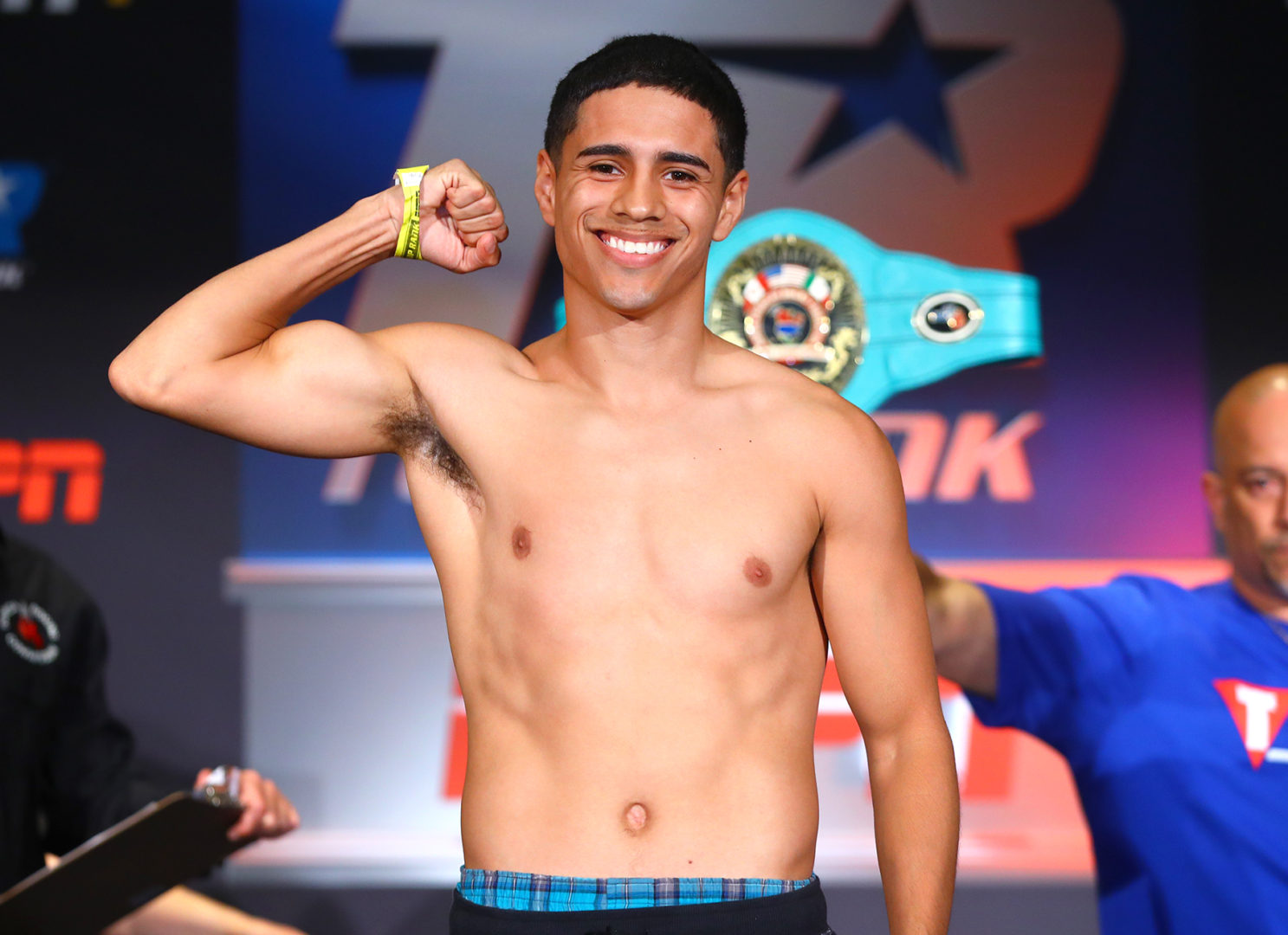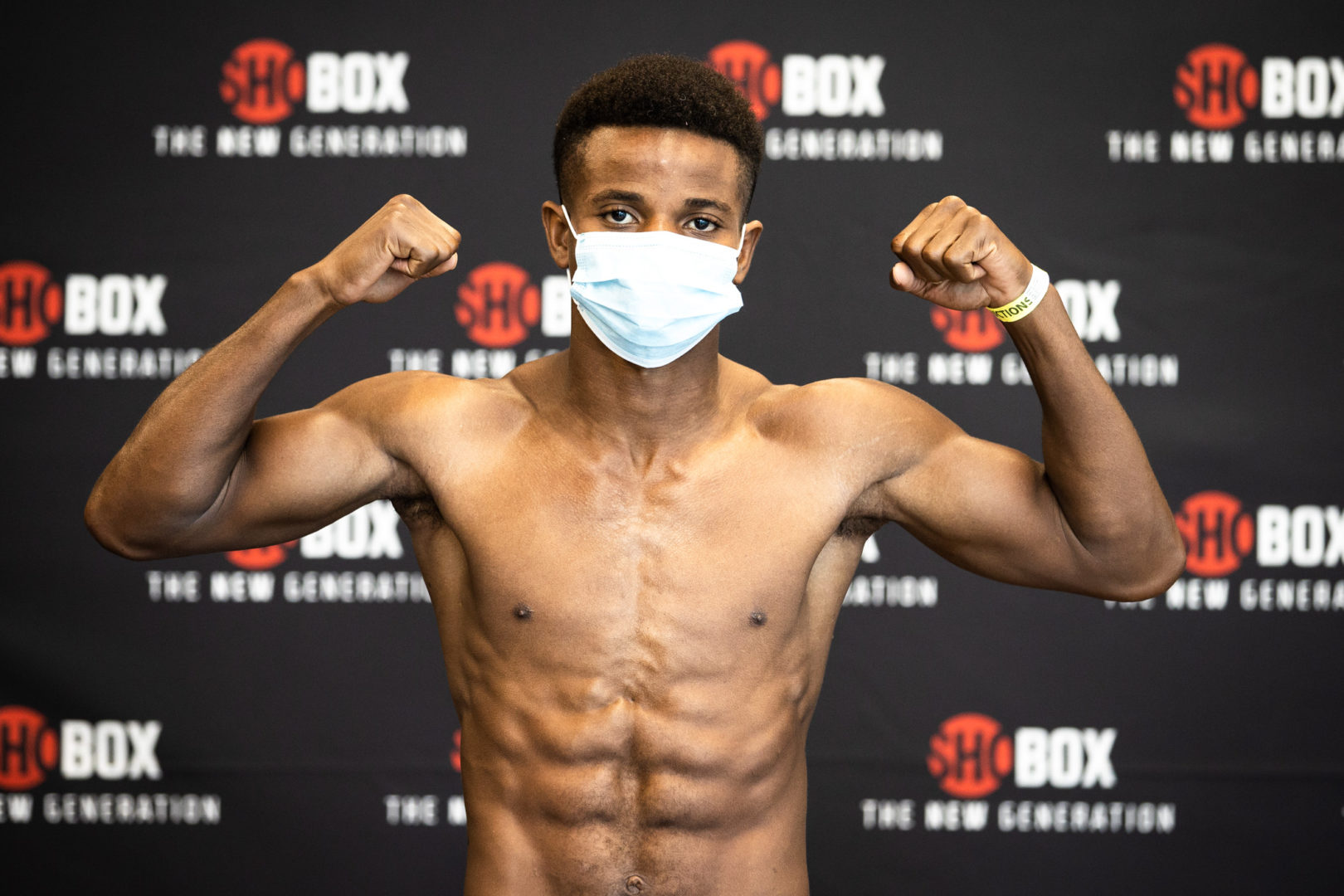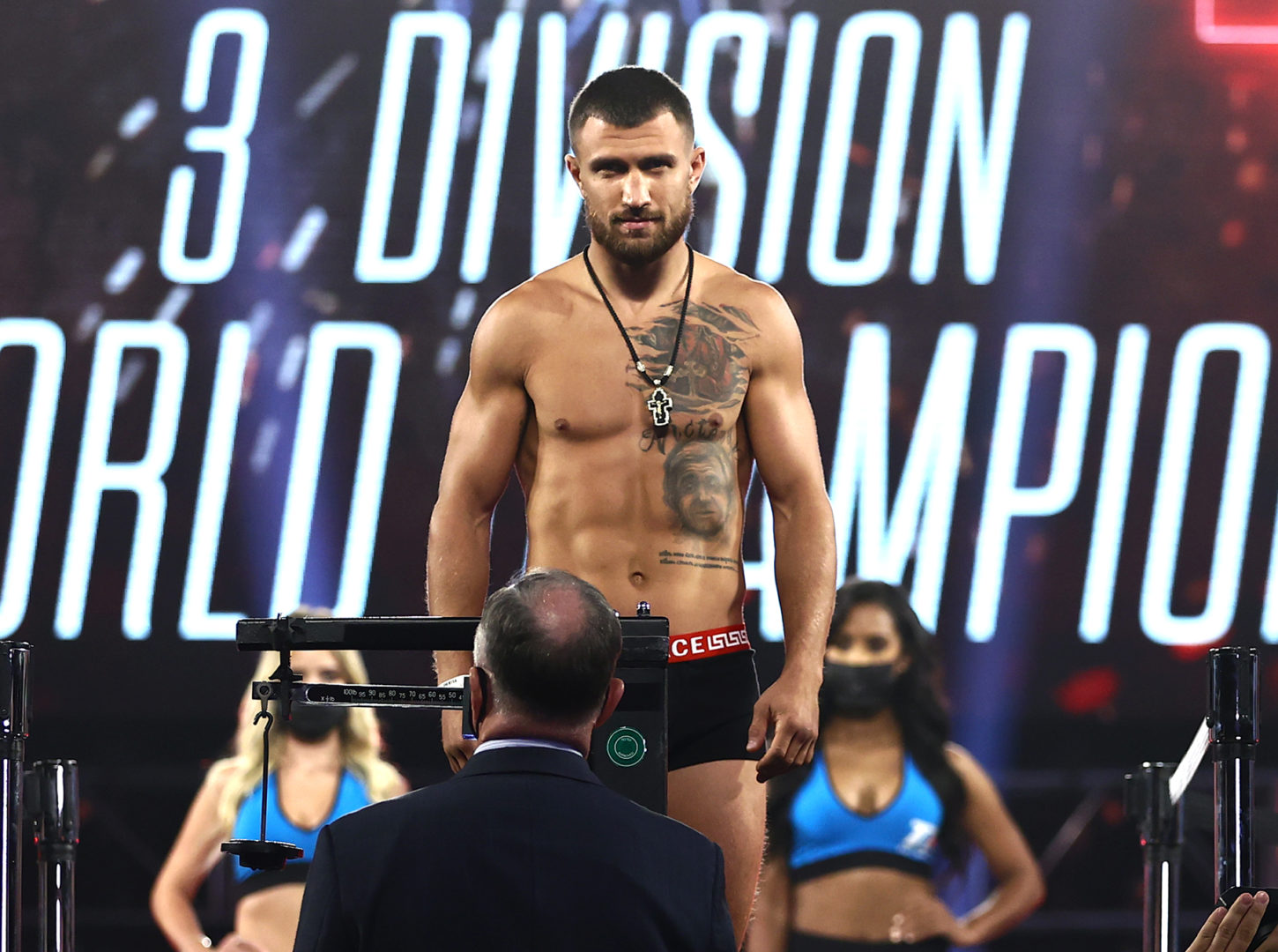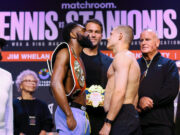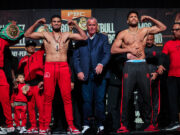SAN ANTONIO – Saturday saw the return of national figures and national Spanish-language television, Telefutura this time, to the northernmost fraction of Alamodome, a pastel-highlighted and becurtained area called Illusions Theater. Seven undercard matches whose blowouts were either unexpected or presented local prizefighters doing the blowing-out rallied an enthusiastic Alamo City crowd for what was an entertaining main event.
Rugged Texan Brian Vera decisioned crafty Sergio Mora, a national figure who won the first “Contender” program and briefly held the WBC’s light middleweight title in 2008. The judges’ decision was correct, if unfairly wide in two cases, and Mora stormed to his dressing room and had a conniption. As neither Vera nor Mora, nor their rematch, provided new insights about prizefighting, it should prove more constructive to examine local shows and the promoters who host them.
One needn’t cover the sport of prizefighting for a decade to see his first dozen promoters fail. The pattern becomes familiar: A man successful in some other venture decides his hometown’s consumers have not been adequately tapped. He has an angle of some kind, often an assumed familiarity with his city, a familiarity whose supposed lack caused other promoters’ previous failures. Occasionally his angle is a direct line to a stable of talented local prospects, and in the best scenarios it is access to a prizefighting grandee.
The new promoter sets out to make his first card a conquest. He leases the talent and services of a national outfit or at least a well-regarded matchmaker. He rents a noteworthy venue. He begins to employ what salesmanship made his other venture a success. Everything runs crisply. Press releases get released. Open workouts open on time. Promotional events promote relentlessly. Advance ticket sales advance. The local promoter loses between $20,000 and $40,000.
But the debut gets good reviews. He has already promised to do a minimum of five shows or more because he understands the importance and finickiness of momentum – even if his burn rate has already trebled startup estimates. His second card goes much like the first. The local promoter approaches a crisis stage and thinks maybe conjuring a reliable audience for prizefights is not as his initial calculus concluded.
Boxing is filled with local freelancing operatives who haven’t succeeded at previous business ventures but believe, on the strength of their betrothing common observations and uncommon vocal cords, boxing is where a fortune, their fortune, can be made. If it’s not an impossible scenario, it’s neither a probable one. The promoter turns to these freelancers for enthusiasm if not advice because optimism is at least infectious.
For his third card, the new promoter decides he’s learned much about the business from national outfits as he’s likely to. He cuts PR costs dramatically, though keeps the matchmaker and venue. Reviews are not raved as before, but of course expenses are lower. He stocks the card with local talent – the national guys, after all, sell television licensing (which their national promoters keep), not tickets – and maybe attempts affiliation with his city’s thriving amateur scene. Keep things homegrown and intimate.
But even small events are more expensive than they feel to attendees. Members of the local media, wary of a diminishing infrastructure they’ve seen before, lose some interest. They’ll be there fightnight, perhaps, but no longer have an impetus to act as tools in the promotional apparatus. This brings a capitulation stage, wherein the local promoter leaves boxing, feeling in no small part bamboozled, and tries his luck with amateur MMA or writes-off entirely his errant undertaking.
Leija-Battah Promotions, by all appearances, approached a crisis stage after its second show, a small Cinco de Mayo event that drew a reasonable crowd to the bullring of a large San Antonio dancehall but nevertheless featured talent more national in price than notoriety. Then came a kickoff press conference in June for its third show, Mora-Vera II, a press conference made complete by an appearance from the Golden Boy himself, Oscar De La Hoya, beside his one-time rival and new promotional partner Jesse James Leija. Locals reasonably anticipated future Golden Boy sightings. But the June press conference – despite promises of a Thursday “meet & greet” and Friday weighin at 1 PM – was the last De La Hoya was seen in South Texas. His June affair was about selling the event to Leija-Battah Promotions.
Friday’s weighin was inexplicably moved to 3 PM, Thursday night, which did not correspond to blue-collar dads’ lunch breaks. Saturday’s card featured a media section nothing like the first Illusions Theater configuration Top Rank’s Lee Samuels arranged in March. Rather than two consecutive rows of tables, there was one row, restricted mostly to television personalities who never materialized, and a second table well back of it. Between the two tables were five or six rows of “media seating” that featured black cocktail dresses in lieu of notebooks – which was good because had these credentialed writers brought so much as a pen with them, they’d have had to balance the reports they scribbled on their spectacular, shapely knees.
The card itself left one hopeful, nonetheless. It showcased local talent like Adam Lopez, Javier Rodriguez, Steve Hall and Benjamin Whitaker. The main event was excellent too. There were 17 amateur bouts before the professional show, and each of those amateurs was tasked with selling 25 tickets. Attendance was estimated above 3,000, and while it is not likely so many tickets were sold, seeing more than 1,500 people gathered for boxing in a local venue is always edifying.
What comes next for the promotional partnership between local businessman Mike Battah and local hero Jesse James Leija is unknowable. Being a prizefighting promoter, a profitable one, is unlike any other venture.
Bart Barry can be reached at bart.barrys.email (at) gmail.com


